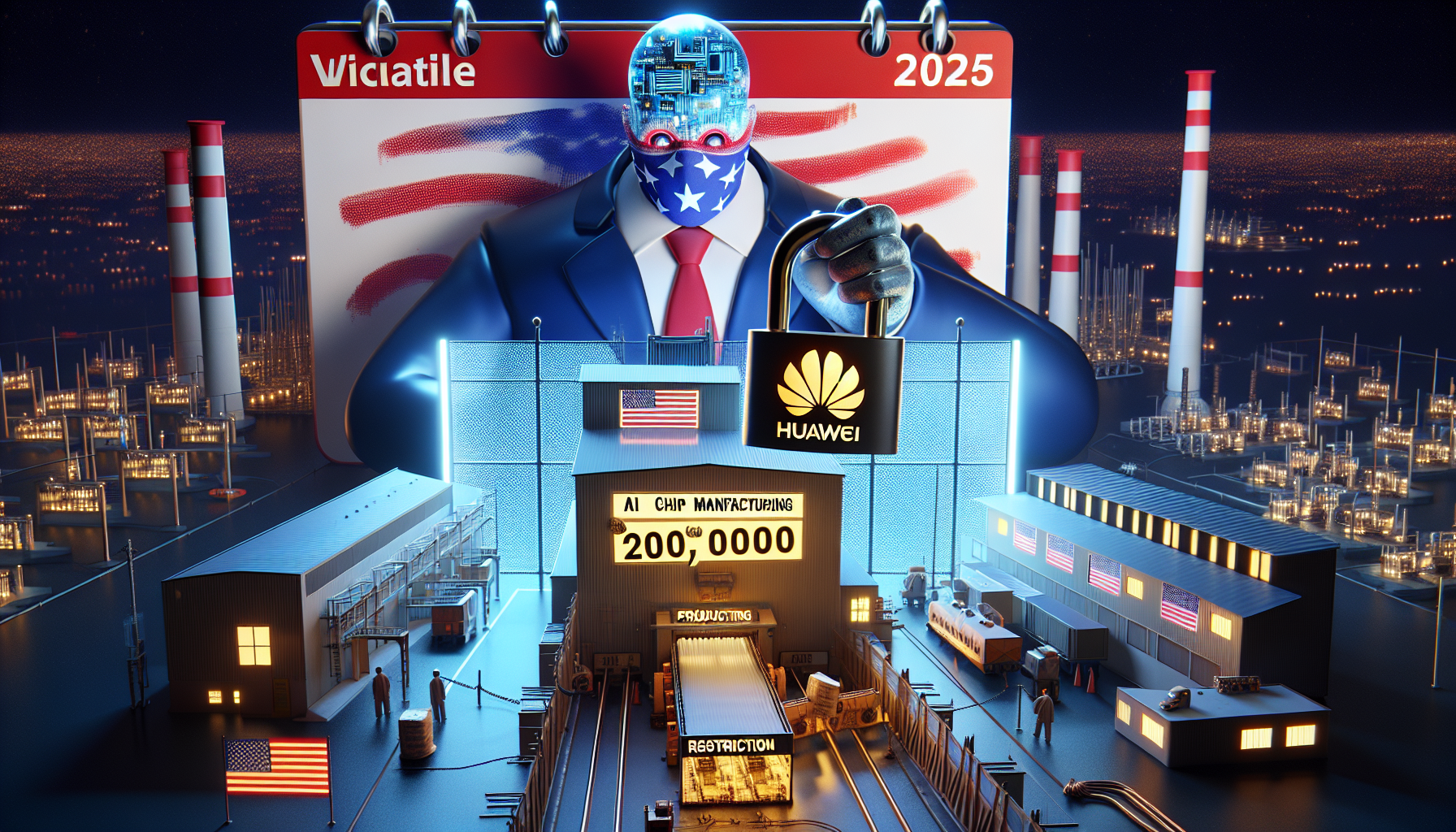US Restricts Huawei to 200,000 AI Chip Manufacturing by 2025
We independently review everything we recommend. When you buy through our links, we may earn a commission which is paid directly to our Australia-based writers, editors, and support staff. Thank you for your support!
Overview
- The US restricts Huawei’s AI chip manufacturing to 200,000 units by 2025.
- US export regulations limit Chinese access to advanced chips and machinery.
- China is quickly narrowing the technological gap in AI with the US.
- Huawei is heavily investing to enhance its chip capabilities.
- Nvidia experiences a loss in market share due to US export restrictions.
- US-China trade discussions result in a provisional ceasefire.
Overview of US Export Regulations
Since 2019, the United States has enacted various export regulations designed to curtail China’s technological and military progress. These rules have restricted Huawei and other Chinese companies from obtaining high-end US chips and critical manufacturing tools.
Huawei’s AI Chip Production Constraints
According to Jeffrey Kessler, Under Secretary of Commerce for Industry and Security, Huawei Technologies’ ability to produce cutting-edge artificial intelligence chips is limited to 200,000 units by 2025. This number does not meet Huawei’s demand but underscores China’s advancements in technology.

China’s Swift Technological Advancements
In spite of the limitations, China is rapidly catching up with US capabilities in AI. White House AI Czar David Sacks remarked that China is merely three to six months behind the US in AI technology. However, Chinese AI chips lag one to two years behind US versions.
Huawei’s Commitment to Chip Enhancement
Huawei’s CEO Ren Zhengfei admits that their chips are a generation behind those of US rivals, but the company invests in excess of US$25 billion each year to boost performance. This significant investment highlights Huawei’s determination to bridge the technology divide.
Effects on Nvidia and US-China Trade Dynamics
Nvidia, the global frontrunner in AI chips, has faced a decline in market share owing to US export restrictions that inhibit the sale of its advanced chips to China. Concurrently, US-China trade discussions in London yielded a provisional truce, although ongoing disputes concerning export regulations and mineral exports continue to strain relations.
Conclusion
The US has enacted limitations on Huawei’s AI chip production as part of its broader efforts to impede China’s technological progress. While Huawei confronts production limitations, the swift advancement of AI technology in China presents a significant challenge for the US. As trade tensions endure, the outlook for technological rivalry between these superpowers remains unpredictable.
